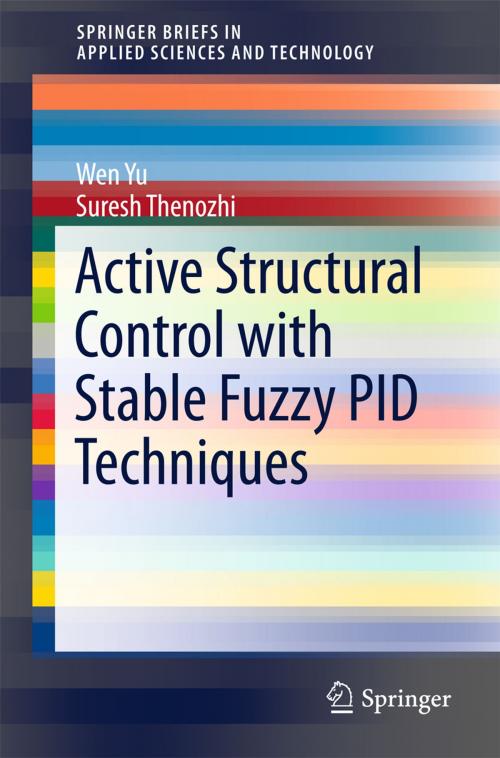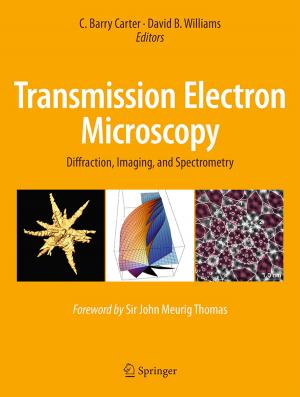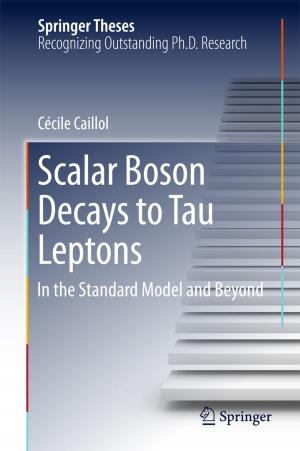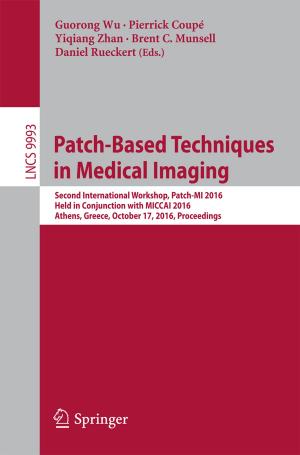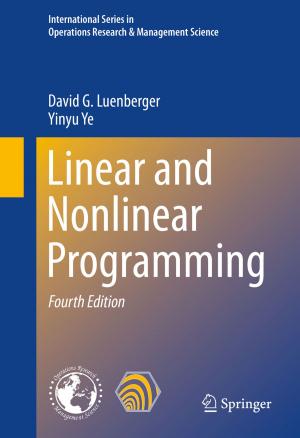Active Structural Control with Stable Fuzzy PID Techniques
Nonfiction, Science & Nature, Technology, Automation, Construction & Construction Trades| Author: | Wen Yu, Suresh Thenozhi | ISBN: | 9783319280257 |
| Publisher: | Springer International Publishing | Publication: | December 23, 2015 |
| Imprint: | Springer | Language: | English |
| Author: | Wen Yu, Suresh Thenozhi |
| ISBN: | 9783319280257 |
| Publisher: | Springer International Publishing |
| Publication: | December 23, 2015 |
| Imprint: | Springer |
| Language: | English |
This book presents a detailed discussion of intelligent techniques to measure the displacement of buildings when they are subjected to vibration. It shows how these techniques are used to control active devices that can reduce vibration 60–80% more effectively than widely used passive anti-seismic systems.
After introducing various structural control devices and building-modeling and active structural control methods, the authors propose offset cancellation and high-pass filtering techniques to solve some common problems of building-displacement measurement using accelerometers. The most popular control algorithms in industrial settings, PD/PID controllers, are then analyzed and then combined with fuzzy compensation. The stability of this combination is proven with standard weight-training algorithms. These conditions provide explicit methods for selecting PD/PID controllers. Finally, fuzzy-logic and sliding-mode control are applied to the control of wind-induced vibration. The methods described are supported by reports of experimental studies on a two-story building prototype.
This book is a valuable resource for academic researchers interested in the effects of control and mechatronic devices within buildings, or those studying the principles of vibration reduction. Practicing engineers working on the design and construction of any sort of high-rise or vulnerable building and concerned with the effects of either wind or seismic disturbances benefit from the efficacy of the methods proposed.
This book presents a detailed discussion of intelligent techniques to measure the displacement of buildings when they are subjected to vibration. It shows how these techniques are used to control active devices that can reduce vibration 60–80% more effectively than widely used passive anti-seismic systems.
After introducing various structural control devices and building-modeling and active structural control methods, the authors propose offset cancellation and high-pass filtering techniques to solve some common problems of building-displacement measurement using accelerometers. The most popular control algorithms in industrial settings, PD/PID controllers, are then analyzed and then combined with fuzzy compensation. The stability of this combination is proven with standard weight-training algorithms. These conditions provide explicit methods for selecting PD/PID controllers. Finally, fuzzy-logic and sliding-mode control are applied to the control of wind-induced vibration. The methods described are supported by reports of experimental studies on a two-story building prototype.
This book is a valuable resource for academic researchers interested in the effects of control and mechatronic devices within buildings, or those studying the principles of vibration reduction. Practicing engineers working on the design and construction of any sort of high-rise or vulnerable building and concerned with the effects of either wind or seismic disturbances benefit from the efficacy of the methods proposed.
